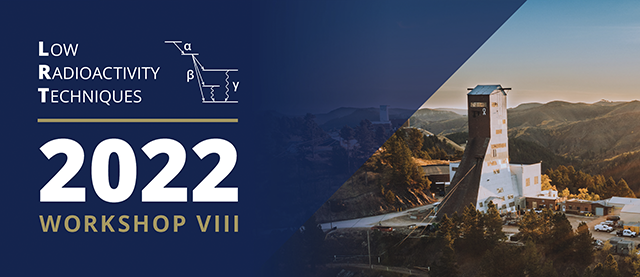Speaker
Description
Lowering detection limits for materials assay is an ever-growing requirement in ultra-trace detection of analytes via inductively coupled plasma mass spectrometry (ICP-MS). The need for reliable assay methods capable of reaching sub pg·g-1 detection limits for a variety of analytes has necessitated the development of creative approaches for analyte preconcentration and purification in difficult matrices. This is because of the high susceptibility of ICP-MS instrumentation to formation of spectral interferences and for over concentrated samples to salt out onto the interface as can happen when large enough sample sizes are used to have sufficient signal to measure the target analytes. Here we cover some sample preparation strategies, such as selective precipitation, ‘clean fusion’, and gas phase ion-molecule reaction chemistry that remove excess matrix without introducing contamination and allow for unprecedented detection limits. A combination of these methods was successfully applied in the assay of Th and U in electronic samples achieving detection limits of 3 - 70 fg·g-1 of sample, which are some of the lowest for these types of assays reported anywhere.

